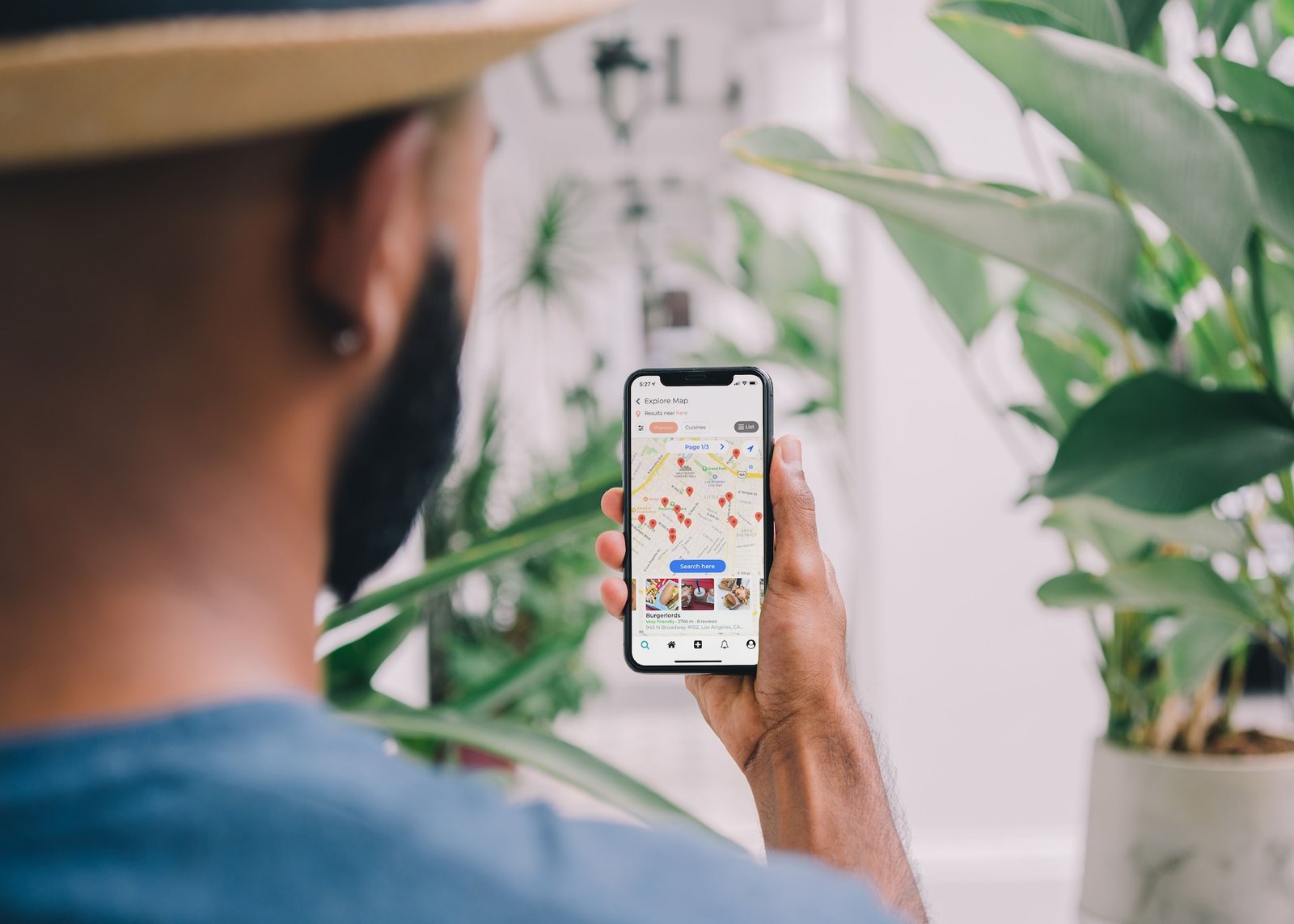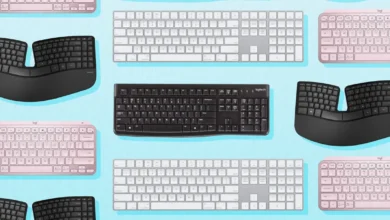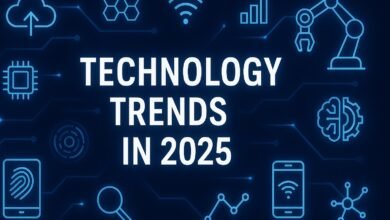The Future of Mobile App Design: Trends and Predictions in 2024

Mobile app design is a dynamic field that constantly evolves with technological advancements and user preferences. Staying ahead of the curve in this fast-paced industry is crucial for designers and businesses alike. In this article, we’ll delve into the trends and predictions shaping the future of mobile app design.
The Future of Mobile App Design
Definition of Mobile App Design
Mobile app design refers to the process of creating the visual and interactive aspects of a mobile application. It involves a careful blend of aesthetics, functionality, and user experience.
Significance of Staying Updated on Trends
In a competitive digital landscape, staying updated on the latest trends is essential for designers to create innovative and user-friendly mobile applications.
Read More : Understanding Label Printers and Their Various Types
Evolution of Mobile App Design
Historical Overview
Mobile app design has come a long way since the inception of smartphones. From basic interfaces to sophisticated designs, the evolution has been driven by technological advancements.
Impact of Technological Advancements
The integration of technologies such as augmented reality (AR), artificial intelligence (AI), and 5G has significantly influenced the evolution of mobile app design.
Current Trends in Mobile App Design
Minimalist Interfaces
Minimalist design focuses on simplicity, emphasizing essential elements and reducing clutter. This trend enhances user engagement and navigation.
Dark Mode
Dark mode not only reduces eye strain but has also become a popular aesthetic choice. Many apps now offer this feature, providing users with a visually appealing alternative.
Gesture-Based Navigation
Gesture-based navigation enhances the user experience by allowing intuitive interactions. This trend is gaining popularity as it simplifies navigation and adds a touch of innovation.

Emerging Technologies in Mobile App Design
Augmented Reality (AR)
AR integration enhances user engagement by overlaying digital information on the real world. This immersive experience is becoming more prevalent in mobile apps.
Artificial Intelligence (AI) Integration
AI-driven features, such as personalized recommendations and predictive analytics, are becoming integral to mobile app design, providing users with tailored experiences.
5G Technology
The advent of 5G technology facilitates faster data transfer, enabling seamless and high-performance experiences for users.
User-Centric Design Approach
Importance of User Experience (UX)
Prioritizing user experience is paramount in mobile app design. User-centric design ensures that apps are intuitive, easy to navigate, and enjoyable to use.
Personalization and Customization
Allowing users to personalize their app experience fosters a sense of ownership and increases engagement.
Challenges in Mobile App Design
Compatibility Across Devices
Ensuring consistent performance across various devices and screen sizes poses a challenge for designers.
Security Concerns
As mobile apps handle sensitive data, security is a top concern. Designers must implement robust security measures to protect user information.
The Role of UI/UX Designers
Collaborative Design Processes
Collaboration among UI/UX designers is essential for creating cohesive and seamless app experiences.
Continuous Learning and Adaptation
Staying updated on industry trends and acquiring new skills are crucial for designers to adapt to evolving technologies.
Predictions for the Future
Integration of Virtual Reality (VR)
The integration of VR is expected to revolutionize mobile app design, providing users with immersive and interactive experiences.
Voice-Activated Interfaces
Voice-activated interfaces will become more prevalent, offering a hands-free and convenient way for users to interact with apps.
Hyper-Personalization
The future will see a rise in hyper-personalization, where apps anticipate user needs and preferences, providing highly customized experiences.
Importance of Accessibility in Design
Inclusive Design Principles
Designing with accessibility in mind ensures that apps are usable by individuals with diverse abilities.
Considerations for Diverse User Needs
Designers should consider the diverse needs of users, including those with disabilities, to create inclusive and accessible apps.
Balancing Aesthetics and Functionality
Striking the Right Balance
Achieving a balance between aesthetic appeal and functionality is crucial for creating successful mobile app designs.
Designing for High Performance
Ensuring that apps perform efficiently, load quickly, and function smoothly contributes to a positive user experience.
Impact of Mobile App Design on Businesses
Brand Image and Recognition
Well-designed apps contribute to a positive brand image and enhance brand recognition in the competitive market.
User Retention and Engagement
User-friendly designs increase user retention and engagement, leading to the success of mobile apps in the long run.
Eco-Friendly Design Practices
Sustainable Design in Mobile Apps
Eco-friendly design practices involve minimizing environmental impact, contributing to a more sustainable digital ecosystem.
Reducing Carbon Footprint
Designers can implement measures to reduce the carbon footprint of mobile apps, aligning with the growing demand for sustainable practices.
Case Studies and Success Stories
Examining Noteworthy Designs
Analyzing successful mobile app designs provides insights into effective strategies and innovative approaches.
Learning from Industry Leaders
Learning from the successes and challenges faced by industry leaders can inspire designers to elevate their craft.
Future-Proofing Your App Design
Continuous Learning and Skill Enhancement
To future-proof mobile app designs, designers must stay curious, embrace learning, and adapt to emerging technologies.
Read More : Woocommerce Website Development Difficulties
Adapting to Dynamic Technological Changes
Being flexible and ready to adapt to dynamic technological changes is crucial for designers to stay relevant in the ever-evolving landscape.
Conclusion
Recap of Key Points
The future of mobile app design is exciting and filled with possibilities. Embracing new technologies, prioritizing user experience, and staying informed are key to success in this dynamic field.
Encouragement to Embrace Change
Designers are encouraged to embrace change, experiment with new ideas, and contribute to the evolution of mobile app design.
FAQs
1 . Is dark mode just a design trend, or does it serve a functional purpose?
- Dark mode not only provides a stylish aesthetic but also reduces eye strain and improves visibility in low-light conditions.
2 . How can designers balance aesthetics and functionality in mobile app design?
- Designers should prioritize user experience, ensuring that aesthetics enhance functionality rather than overshadow it.
3 . What role does sustainable design play in the future of mobile apps?
- Sustainable design practices contribute to a greener digital environment, aligning with the increasing demand for eco-friendly solutions.
4 . Why is continuous learning important for UI/UX designers?
- Continuous learning allows designers to stay updated on industry trends, emerging technologies, and evolving user preferences.
5 . How can businesses leverage well-designed apps for brand success?
- Well-designed apps enhance brand image, contribute to brand recognition, and increase user retention, fostering overall business success.












One Comment